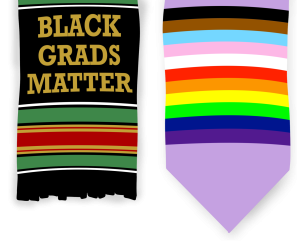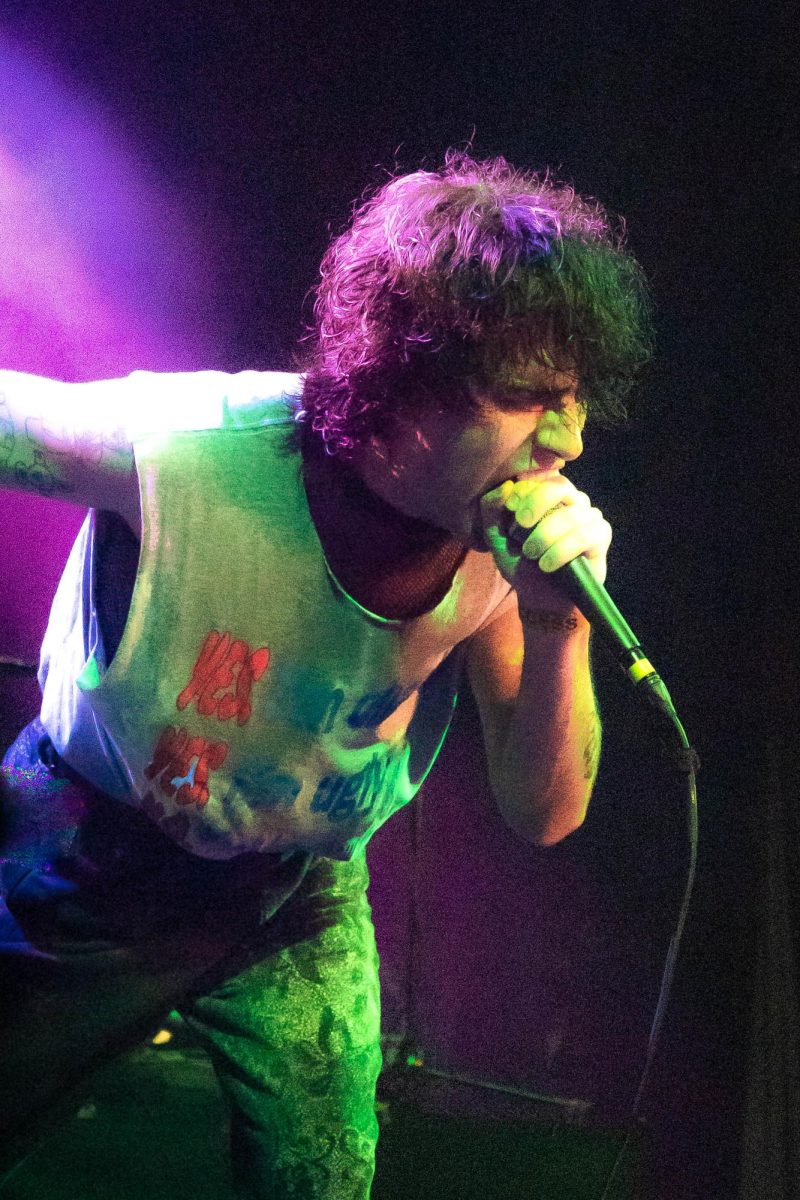With hands clapping, feet stomping, and colorful skirts twirling around gracefully, it is evident that you are in the midst of a vibrant culture. Flamenco originated in the rural parts of AndalucÃa and most of Southern Spain in the late 1400s as a compilation of music, dance, and song. Throughout the 1800s, flamenco was used as an expression of storytelling and entertainment for most native Spaniards.
What makes Flamenco unique, however, is the mixture of European, African and Middle Eastern cultures and styles of dance. The very first practitioners of flamenco consisted of Jews, Moors, Arabs, and Gitano’s (Spanish Gypsies). While Gypsies live a nomadic lifestyle, their custom of flamenco, quickly reached the rest of the world. As flamenco became more popular, dancers, musicians and singers of flamenco became public attractions at bullfights, cafes, and theatres in Spain.
The art of flamenco portrays a very passionate relationship between both the dancers and musicians who practice it. Through facial expression and body language, the dancers and musicians act out a rhythmic interplay. Flamenco has the ability to evoke emotion from those who watch it because of the strong passion acted out by the musicians and dancers. Flamenco incorporates song known as “cantejondo” (or deep singing), clapping, music and dance creating an intriguing performance. The dance itself, however, consists of a 12 count rhythmic pattern, using a great deal of footwork, snaps, heel stomps, and clicks. Flamenco Dancers often use castanets and props while performing, to create more entertainment for their audience. Although flamenco is unique, it is often compared to the Argentine Tango, which too is very passionate; however the footwork that flamenco uses is similar to that of tap dancing. With much evolution, the flamenco has transcended into multiple variations of itself that incorporate the likings of modern, jazz, tap, ballet, and even hip-hop. Although Flamenco has changed immensely over the centuries, it is still around today, and in some communities it’s more popular than ever.
If flamenco is something that sparks your interest, I would suggest attending the Flamenco Fest at the Cameo Theater, on Saturday September 15th at 7:00 p.m. and Sunday September 16th at 3:30 p.m. As a part of Hispanic Heritage month, San Antonio will be hosting the festival, consisting of a matinee performance by the local dance programs, SA Parks and Recreation Flamenco Dance Program, the A’lante Flamenco Dance Ensemble out of Austin, as well as Raices de Arte Espanol. SA parks and recreation has a dance troupe by the name of Fandango, that offers young dancers the opportunity to learn and perform Spanish Flamenco and Mexican Folklorico dance traditions. Fandango’s dancers range in age from 11 to 19, and have performed in Germany, Mexico, as well as various parts of the United States.
A’lante Flamenco Dance Ensemble is one of Austin’s newest flamenco dance troupes, which is directed and choreographed by Olivia and Isai Chacon, and accompanied by some of Austin’s best flamenco muscians. Raices de Arte Espanol is a dance academy out of San Antonio, that is involved in the performance and training of flamenco dancing. Raices de Arte blends the both modern and past customs of flamenco, and specializes in teaching all levels of flamenco dance. For more information on the upcoming event you can visit http://calendar.sacurrent.com/Events/e29353/Flamenco_Fest.










